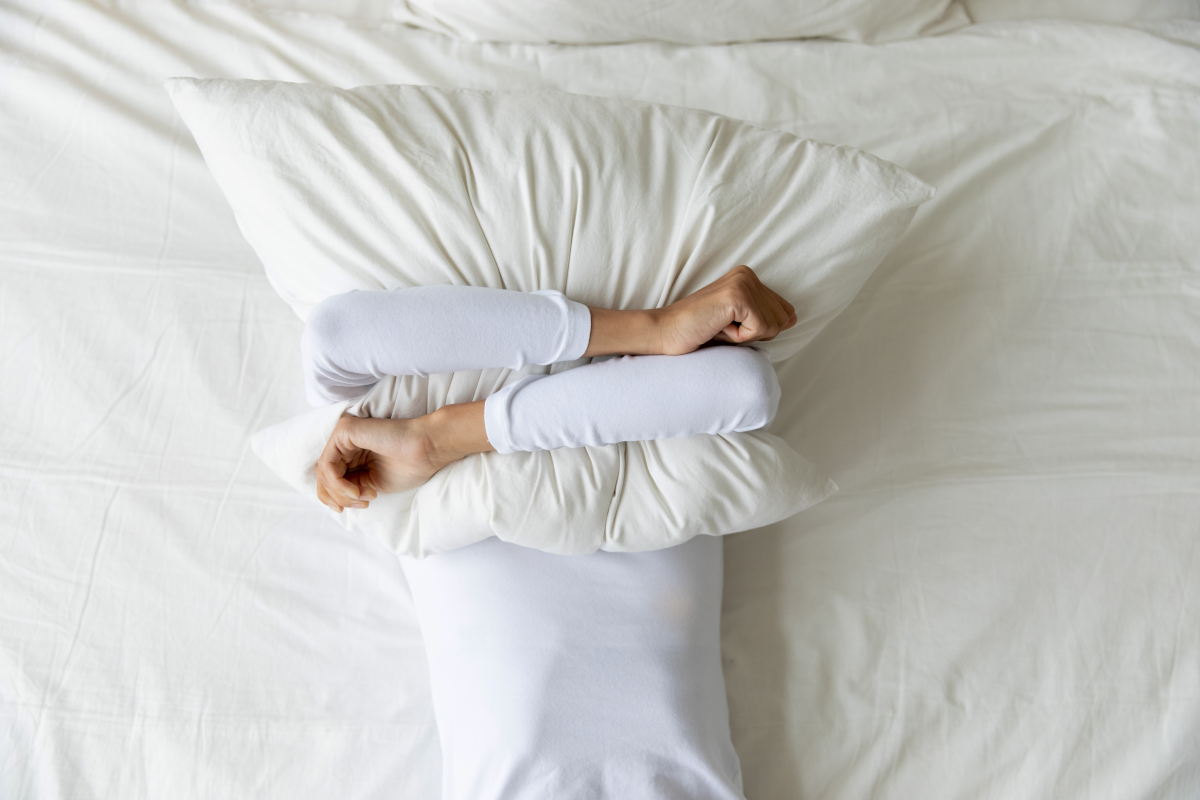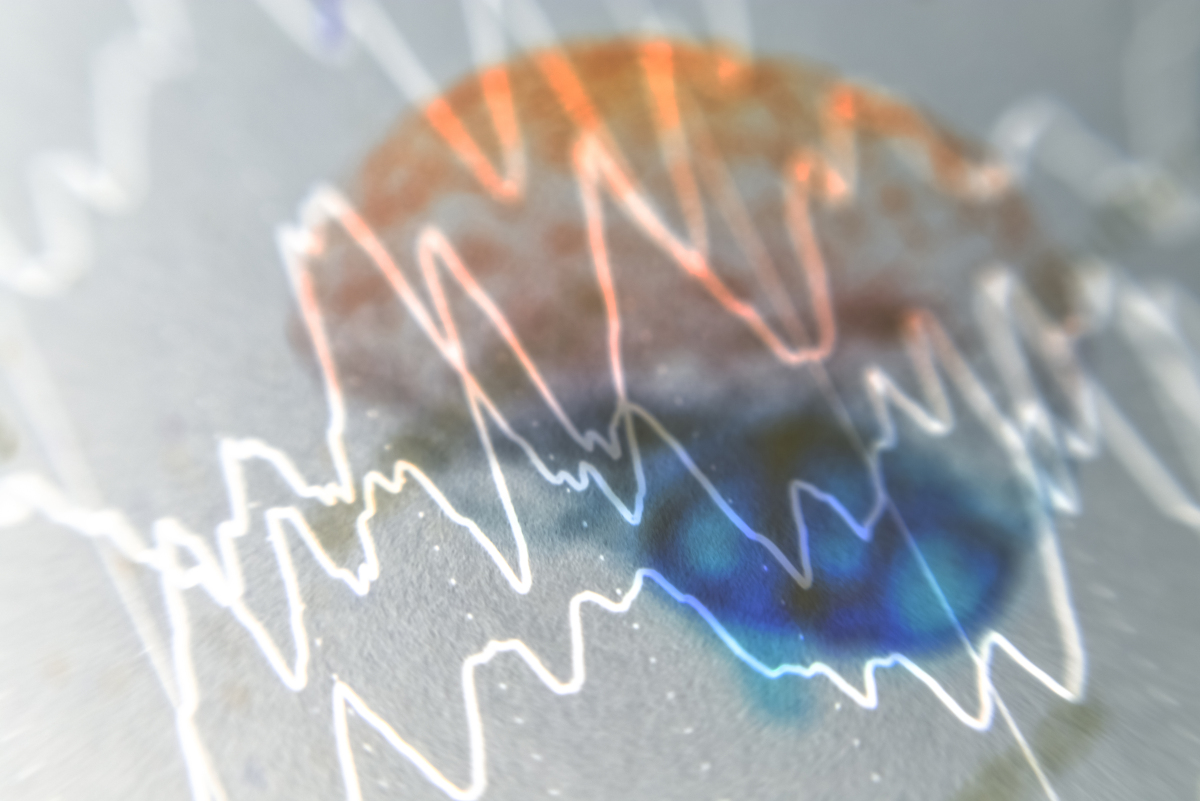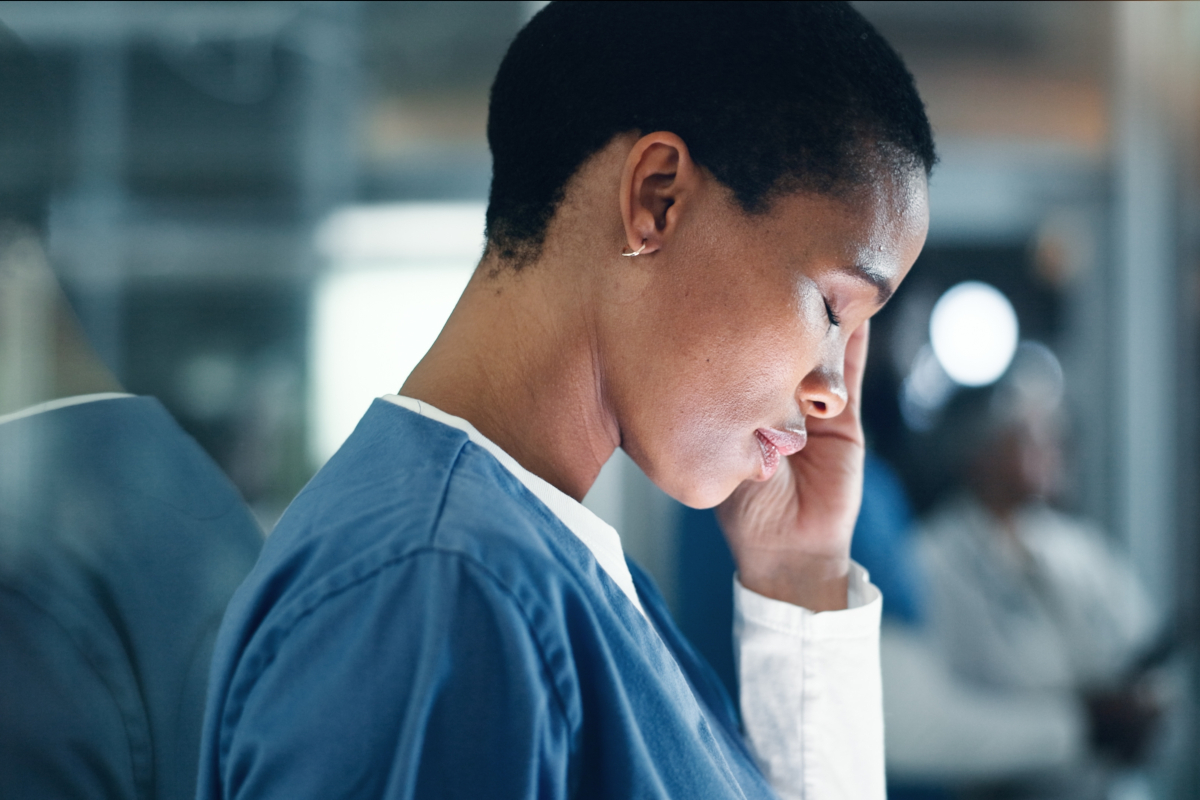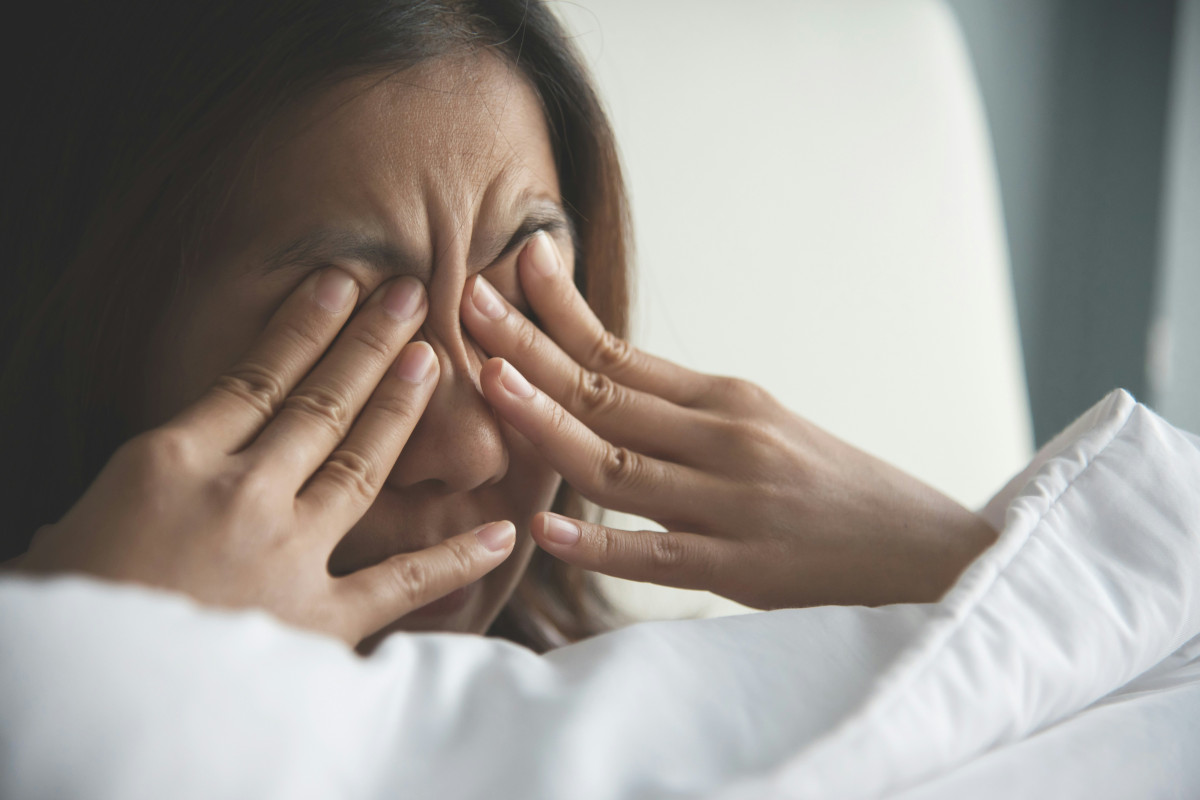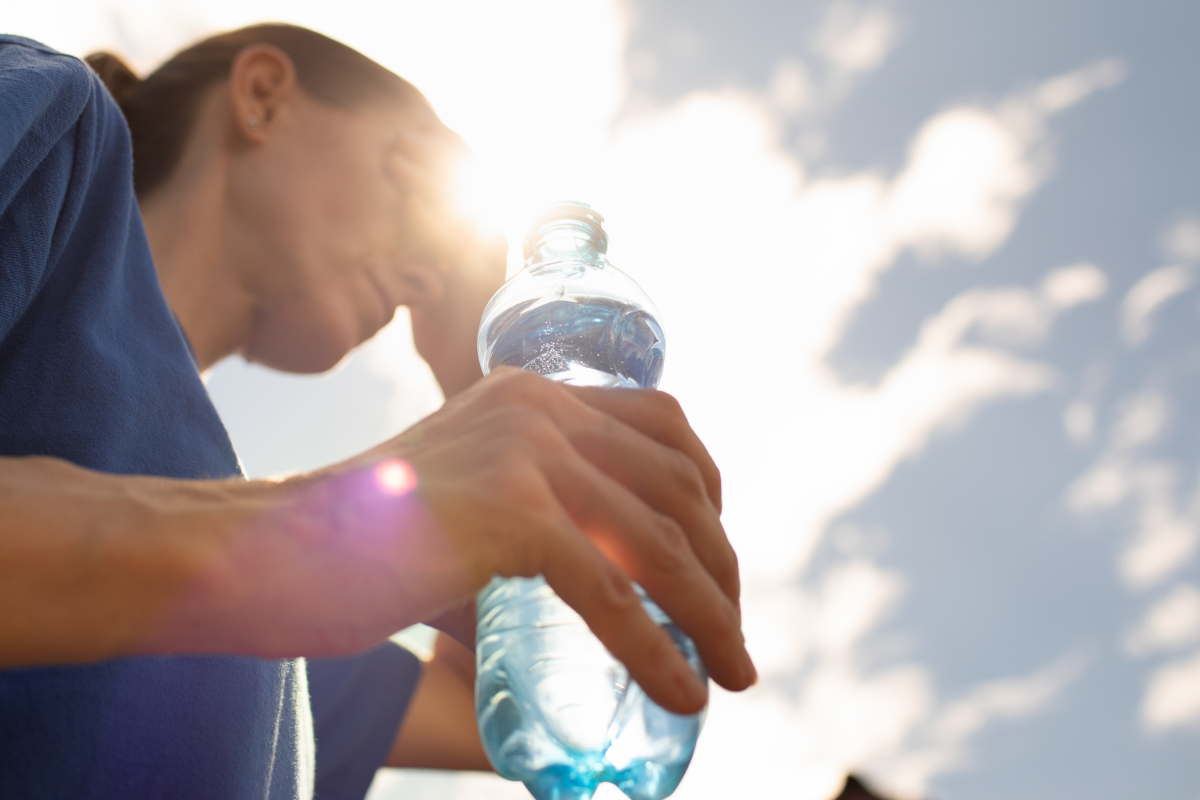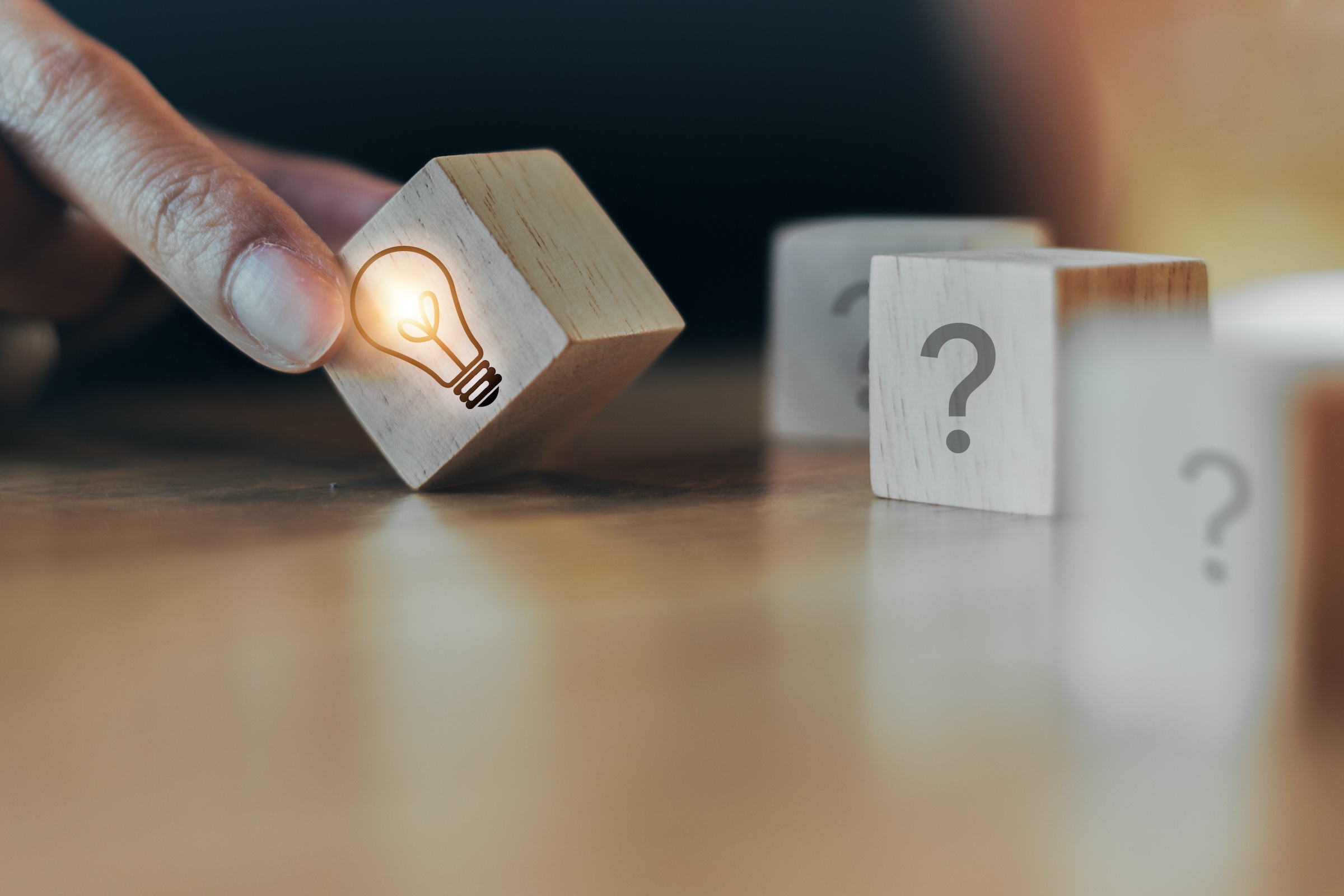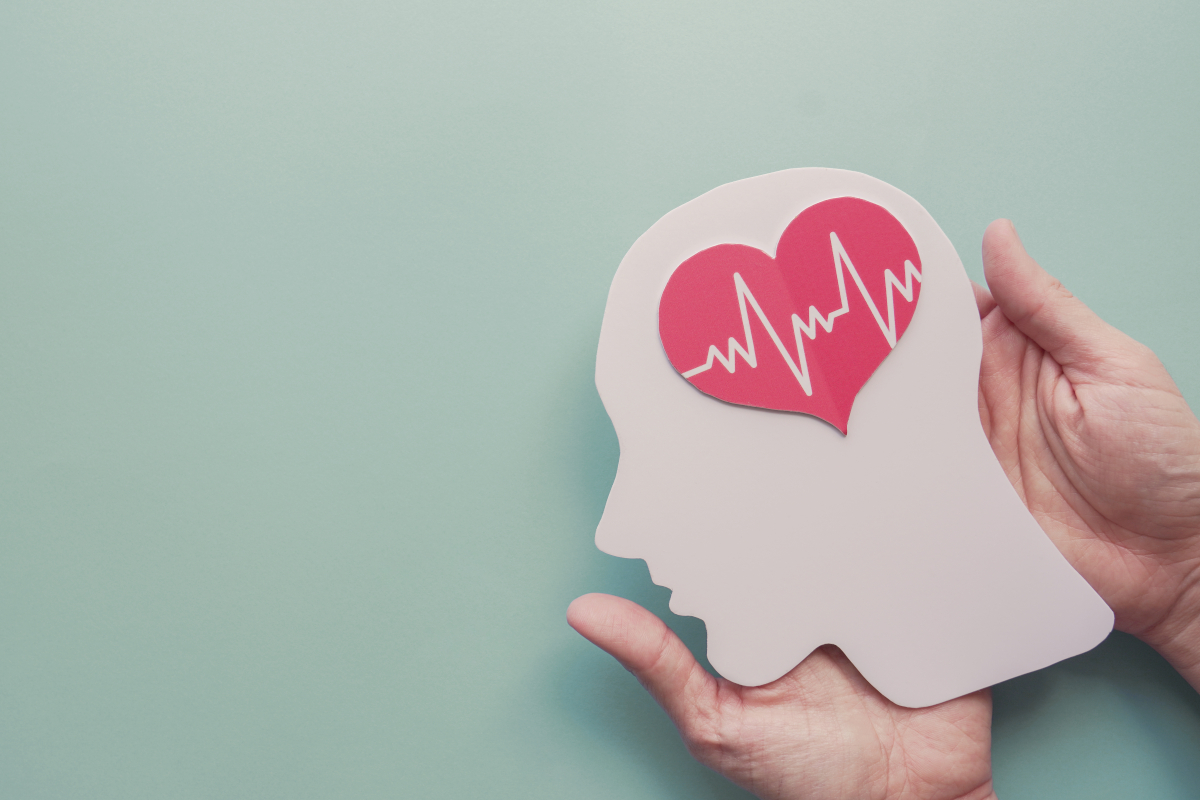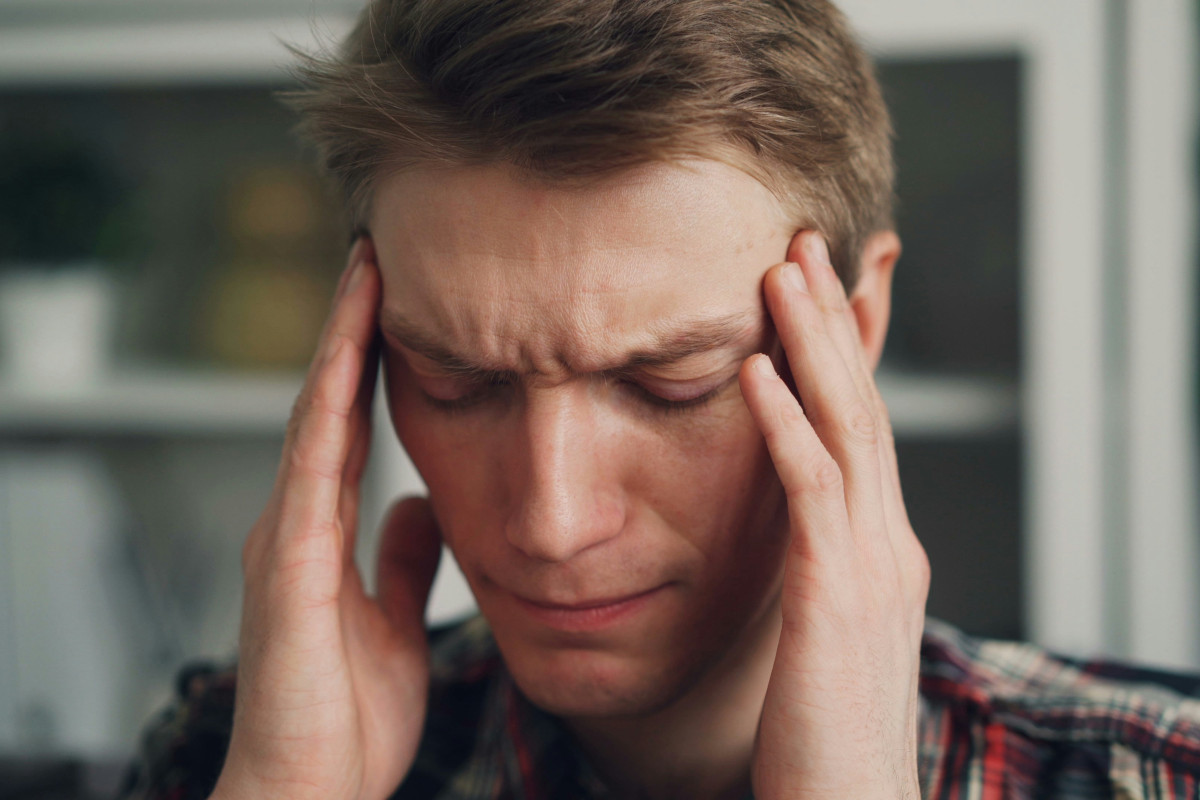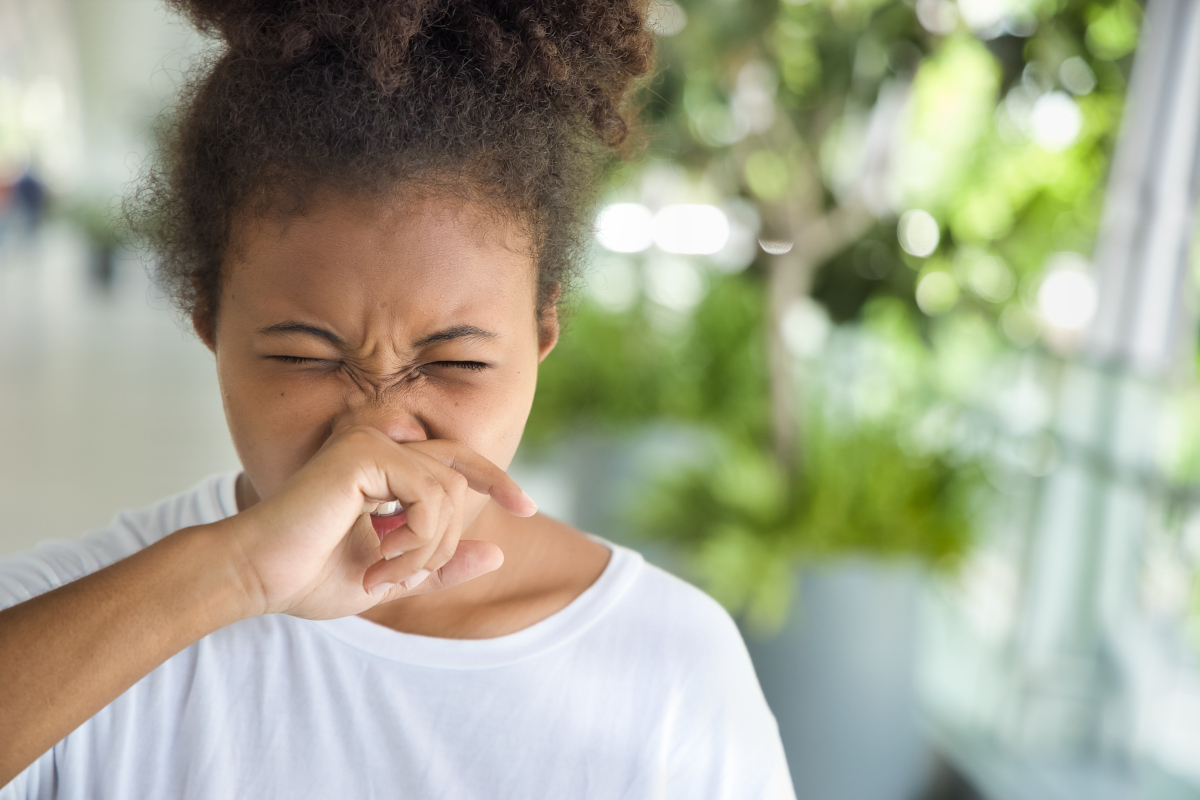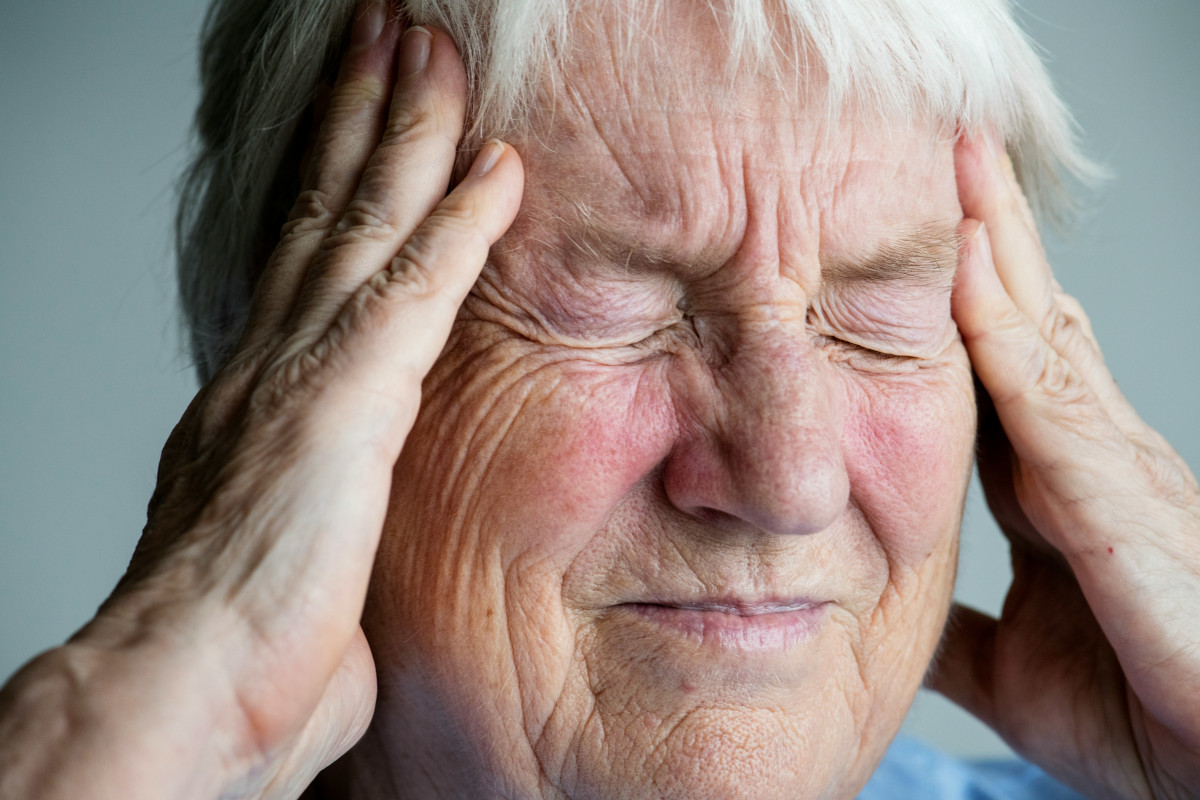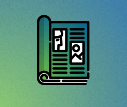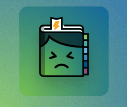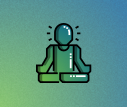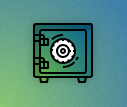Headache and the Covid pandemic – how to cope
“What a headache!”
Rarely has a saying been so apt than now, in the midst of the pandemic. Levels of anxiety and insecurity are through the roof. People are suffering from not being able to visit their loved ones and all the other contact restrictions. Many of us are wondering when we will ever get our life back. The pandemic is a headache (literally and figuratively) for everyone, whether sick with the virus or not. One way or another, the current situation is affecting everyone’s wellbeing.
Emotional distress can make you sick
Covid contact restrictions, doing without the things you love, feeling worried and angry all combine to create a mood of deepening gloom – compounded by growing dissatisfaction with the current situation. Duties continue, while many of the things that make life pleasant – meeting friends, going out, family gatherings – are off the table. Many people miss going to see a play or movie or doing their favorite sport.
Unsurprisingly, more and more individuals are sleeping badly, finding it hard to concentrate, and getting more headaches and migraine attacks than usual. Even people who do not have Covid seem to be more susceptible to headaches than in normal times. Although the science is not there yet, common sense would suggest that all the stress, fear and uncertainty around the coronavirus is making an existing headache problem much worse.
What can you do?
The good news is, you can do something about it. Now more than ever, the Prevent-headache.org smartphone app really comes into its own as a headache prevention tool. It helps you add structure to your unfamiliar new day. By reminding you of important things like regular meals, drinking enough fluids, sleep, exercise and relaxation, the app keeps you centered and counteracts headaches. Especially for migraineurs, regular off-screen breaks are important. That’s because the optic nerve is one of the most energy-hungry parts of our body.
Headache prevention works better if you build new items into your agenda as signposts to guide you through your day. A daily stroll in the fresh air combined with light exercise can improve your oxygen supply and reduce your headache risk. So does one of the Covid crazes of the day: cooking from scratch and baking your own bread. By the way, it also supports regular intake of the good carbohydrates headache sufferers need. And this form of self-catering adds a little variety to a not very exciting life.
If aprons and ovens are not your thing, try something else. Calligraphy, crafts, letter-writing, creating the perfect playlist in anticipation of summer – the internet these days is full of creative ideas to beat your quarantine blues. Let’s hope the “old normal” comes back soon!
-
References
Correia AO, Feitosa PWG, Moreira JLS, Nogueira SÁR, Fonseca RB, Nobre MEP. Neurological manifestations of COVID-19 and other coronaviruses: A systematic review. Neurol Psychiatry Brain Res. 2020 Sep;37:27-32. doi: 10.1016/j.npbr.2020.05.008.
Mao L, Jin H, Wang M, Hu Y, Chen S, He Q, Chang J, Hong C, Zhou Y, Wang D, Miao X, Li Y, Hu B. Neurologic Manifestations of Hospitalized Patients With Coronavirus Disease 2019 in Wuhan, China. JAMA Neurol. 2020 Apr 10. doi: 10.1001/jamaneurol.2020.1127.
Pezzini A, Padovani A. Lifting the mask on neurological manifestations of COVID-19. Nat Rev Neurol. 2020 Nov;16(11):636-644. doi: 10.1038/s41582-020-0398-3.
Wenting A, Gruters A, van Os Y, Verstraeten S, Valentijn S, Ponds R, de Vugt M. COVID-19 Neurological Manifestations and Underlying Mechanisms: A Scoping Review. Front Psychiatry. 2020 Aug 21;11:860. doi: 10.3389/fpsyt.2020.00860.

